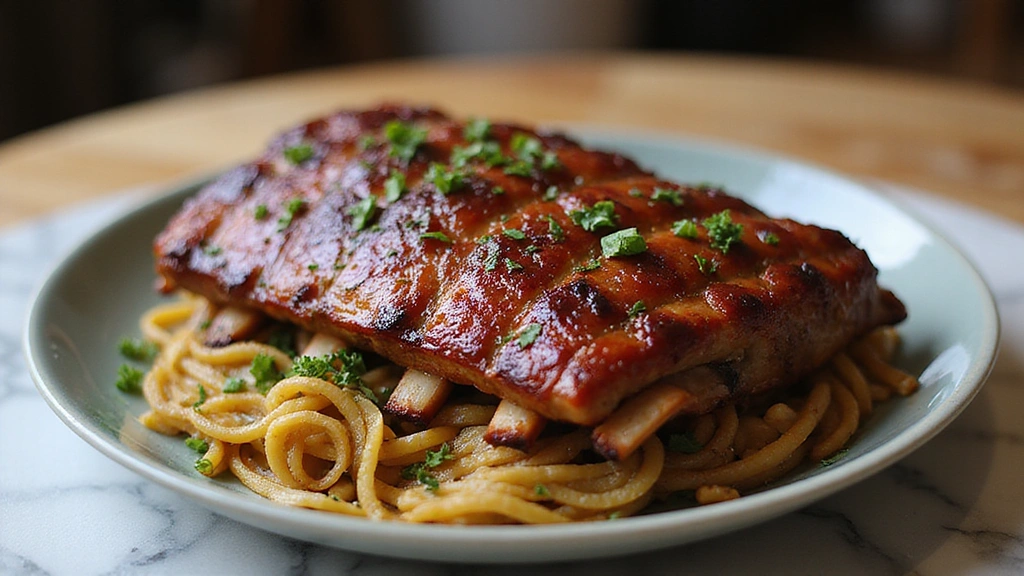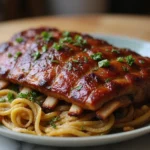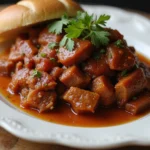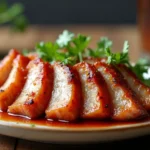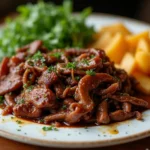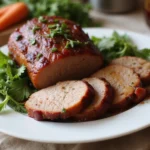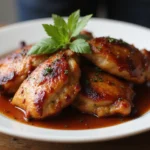Leftover BBQ pork ribs are a culinary treasure that can be transformed into mouthwatering dishes that surprise and delight.
The smoky, tender meat pairs beautifully with a variety of flavors, making it incredibly versatile for creative repurposing.
I fell in love with these recipes after hosting a backyard BBQ, where we had some ribs left over that I couldn’t bear to waste.
From savory tacos to hearty soups, these leftover BBQ pork ribs recipes are sure to impress your family and friends with minimal effort.
The History and Cultural Significance
• Leftover BBQ Pork Ribs Recipes That Still Taste Amazing traces its origins to the Southern United States, where barbecue culture began to flourish in the 18th century.
• The dish evolved over decades as grilling techniques and regional flavors influenced the preparation of pork ribs, eventually becoming a beloved staple across America.
• In American culture, BBQ ribs traditionally appear at summer cookouts and family gatherings, symbolizing togetherness and celebration.
• While many variations exist across different regions, the authentic version maintains a smoky flavor profile that sets it apart from imitations.
Recipe Overview
Nutritional Information (per serving)
Ingredients
Essential Equipment Guide
Slow Cooker: A slow cooker is essential for achieving tender, fall-off-the-bone meat when reheating ribs. Look for one with multiple heat settings and a removable insert for easy cleaning.
Cast Iron Skillet: This tool is great for creating a crispy finish on your ribs or other dishes made with leftovers. A well-seasoned skillet helps develop flavor and prevents sticking.
Blender or Food Processor: Useful for making sauces or marinades that complement the ribs. Choose a model with sufficient power to blend tough ingredients smoothly.
Preparation Methods
Shredding: Use two forks to shred the leftover pork ribs into bite-sized pieces. This technique ensures even distribution of flavors in your dishes and makes the meat easier to eat.
Simmering: Gently simmer the ribs with sauce on low heat to meld the flavors together. This method keeps the meat moist and tender while enhancing the overall taste.
Sautéing: Quickly cook chopped vegetables over high heat until they are tender but still crisp. Sautéing adds an extra layer of flavor and texture to your dish.
Step 1: Prepare Ingredients
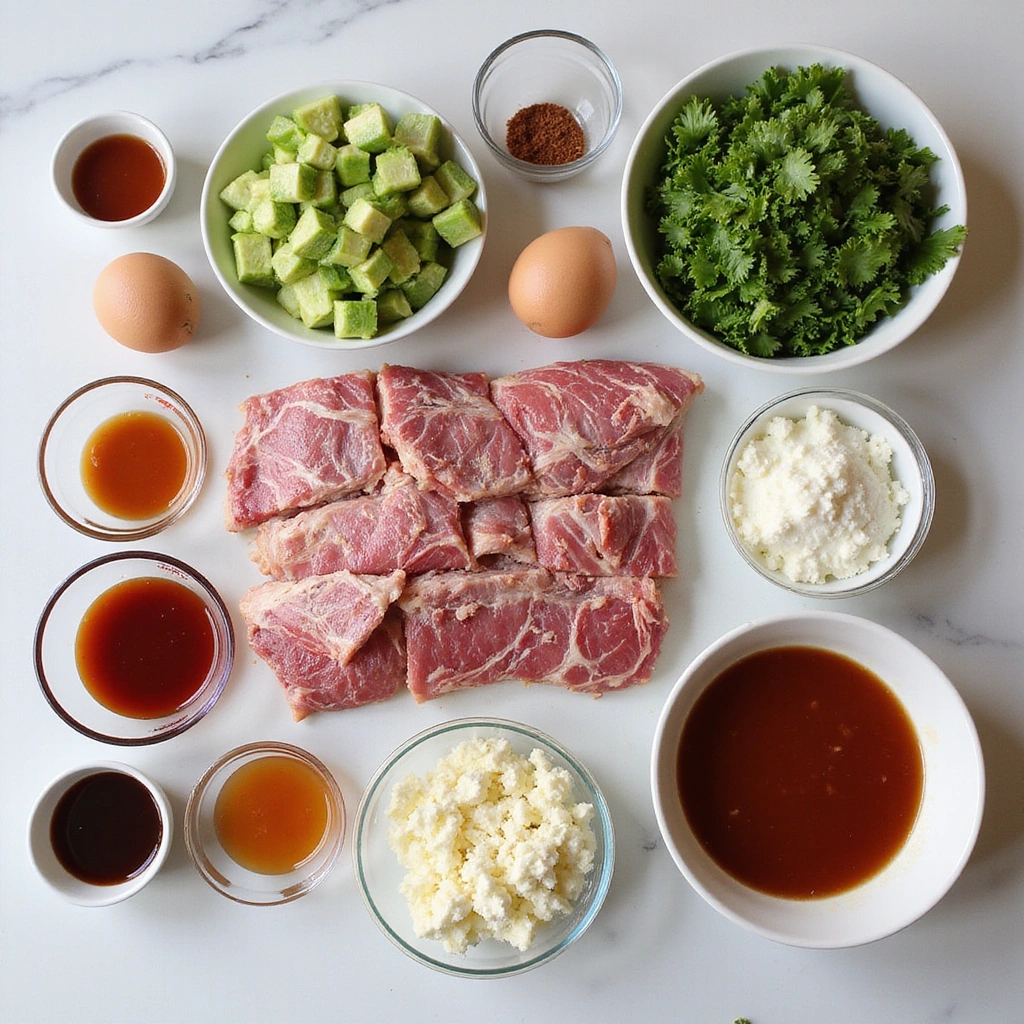
Gather all your ingredients and place them on a clean work surface.
Ensure that the leftover BBQ pork ribs are shredded into manageable pieces.
Chop the onion, bell peppers, and garlic, keeping them ready for cooking.
This preparation step is crucial for an efficient cooking process.
Step 2: Sauté Vegetables
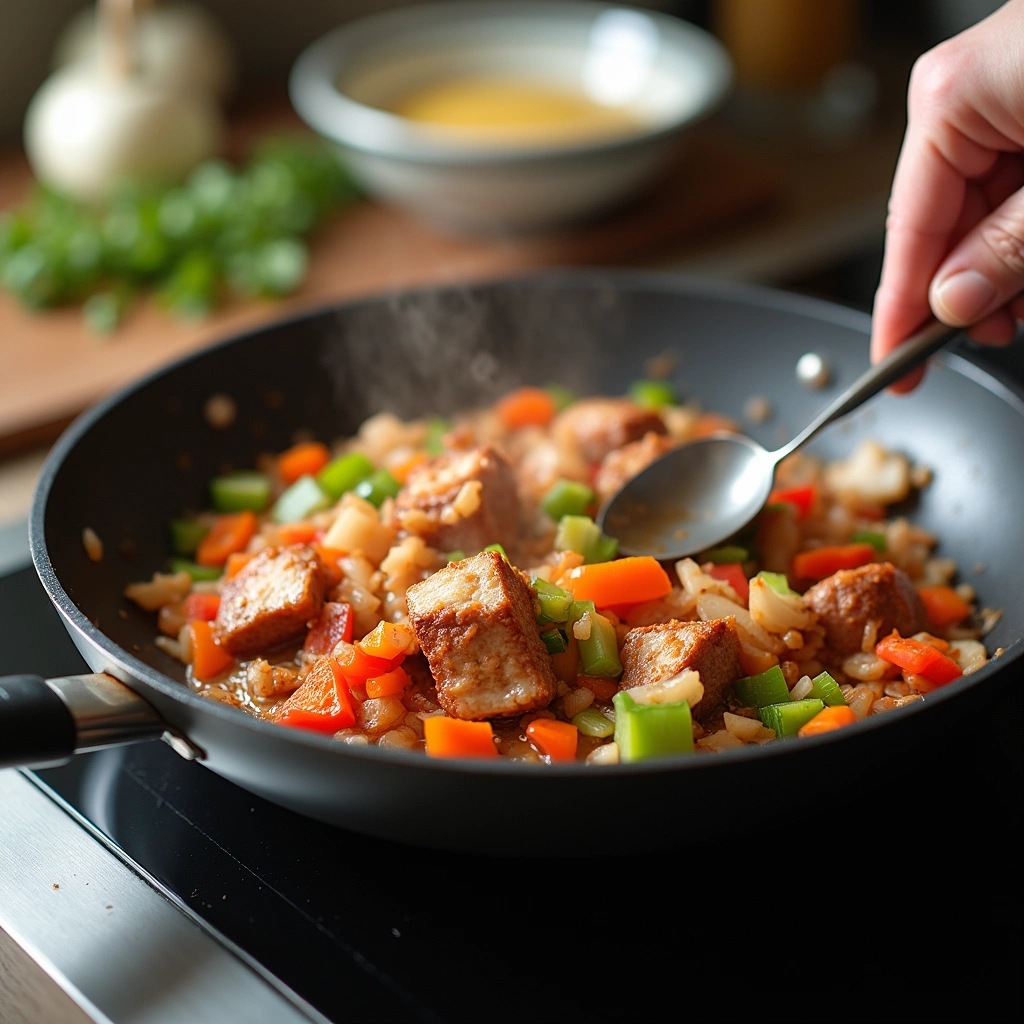
Heat a skillet over medium-high heat and add a splash of oil.
Once hot, add the chopped onion and bell peppers, stirring frequently.
Cook until they are soft and fragrant, about 5-7 minutes.
This step brings out the natural sweetness of the vegetables.
Step 3: Add Garlic
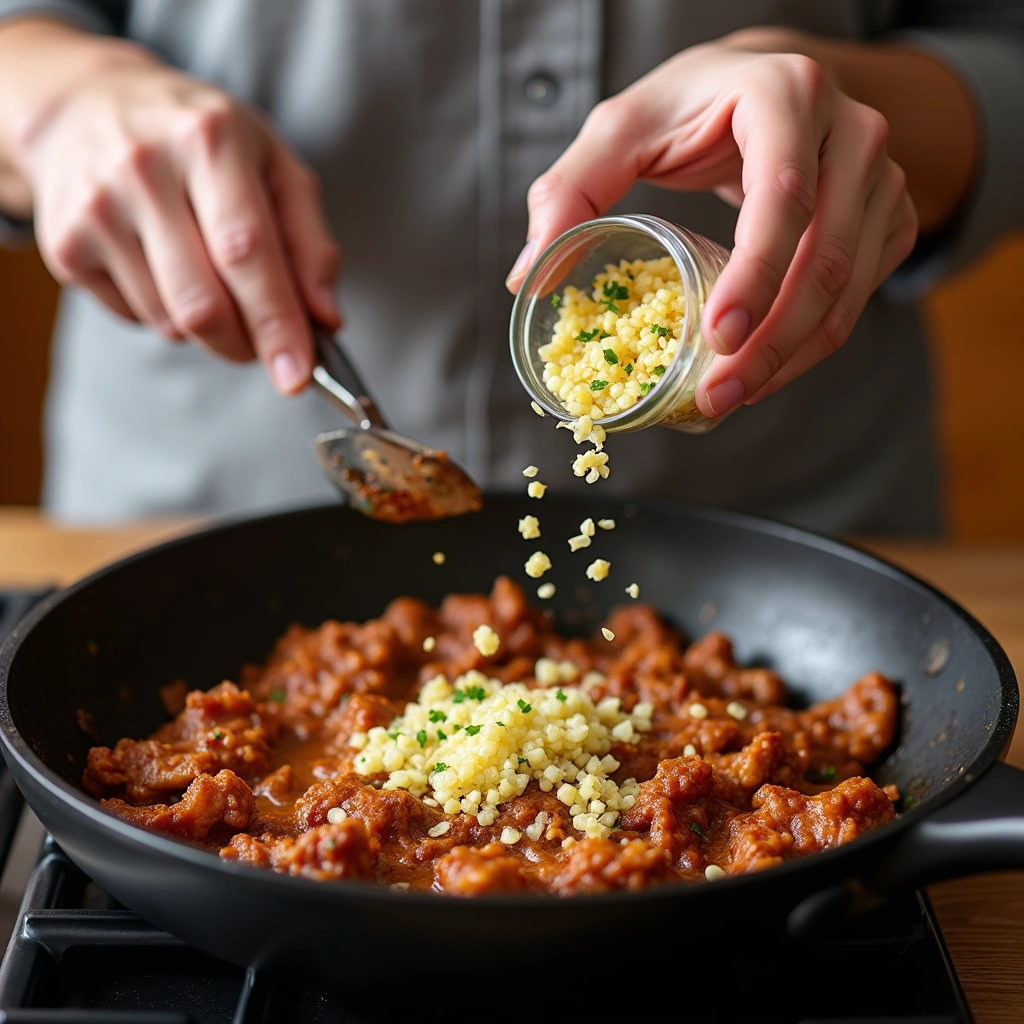
Stir in the minced garlic and cook for an additional minute.
Be careful not to burn the garlic, as it can turn bitter quickly.
You want it to be fragrant and golden, enhancing the dish’s aroma.
This step adds depth and richness to the overall flavor.
Step 4: Incorporate Ribs
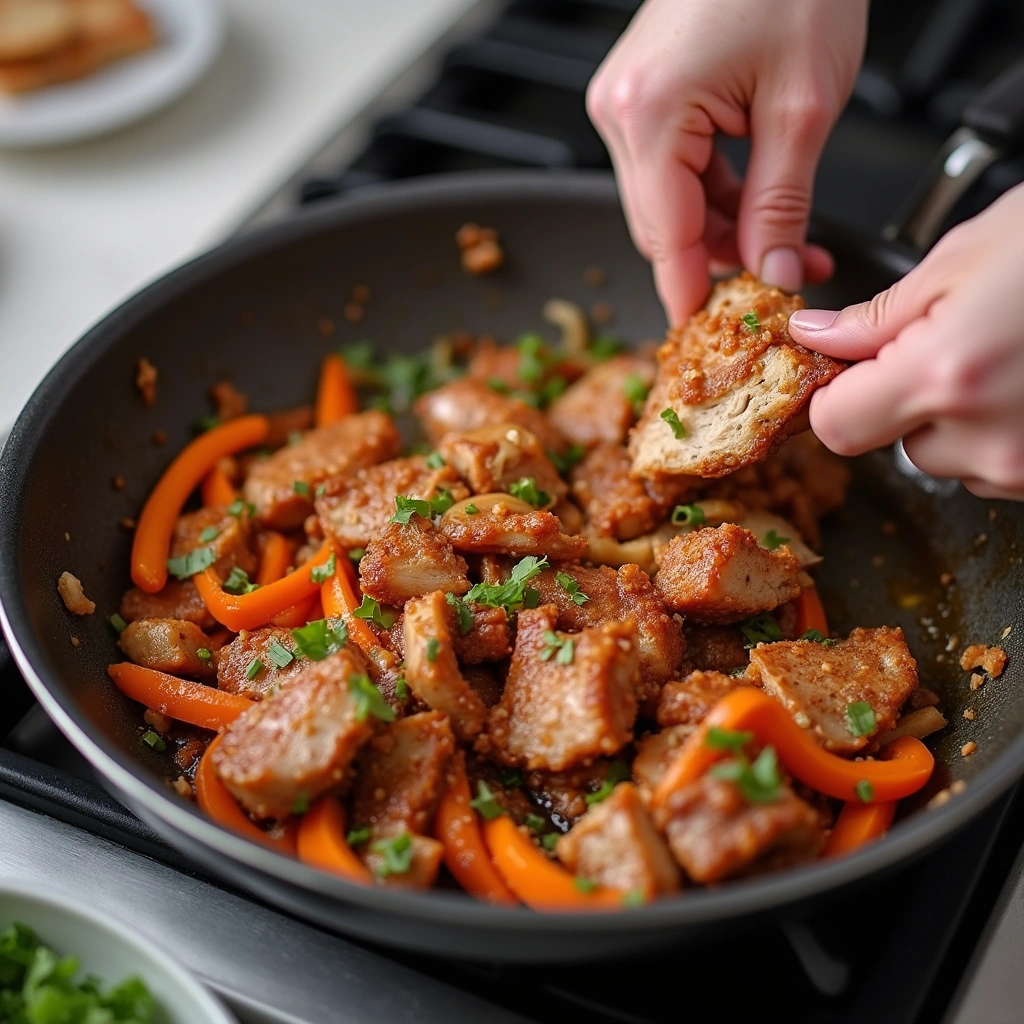
Add the shredded BBQ pork ribs to the skillet with the sautéed vegetables.
Mix everything together thoroughly to ensure the ribs are evenly coated.
Allow the mixture to cook for about 5 minutes, letting the flavors meld.
This is the key moment when the dish starts to take shape.
Step 5: Add Sauce
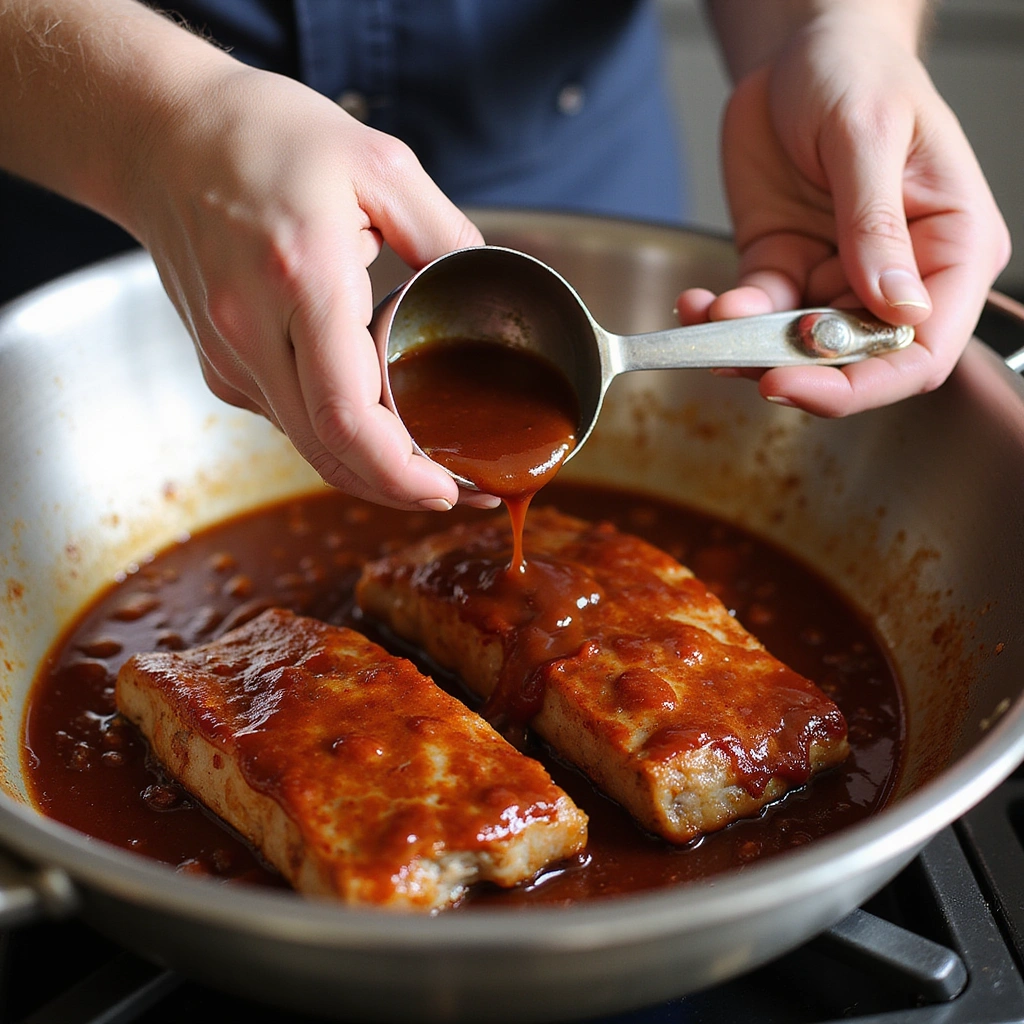
Pour in the BBQ sauce and apple cider vinegar, stirring well to combine.
Bring the mixture to a simmer, allowing it to bubble gently.
Simmer for 10 minutes, ensuring the meat is heated through and well-coated.
This will intensify the flavors and create a delicious glaze.
Step 6: Season to Taste
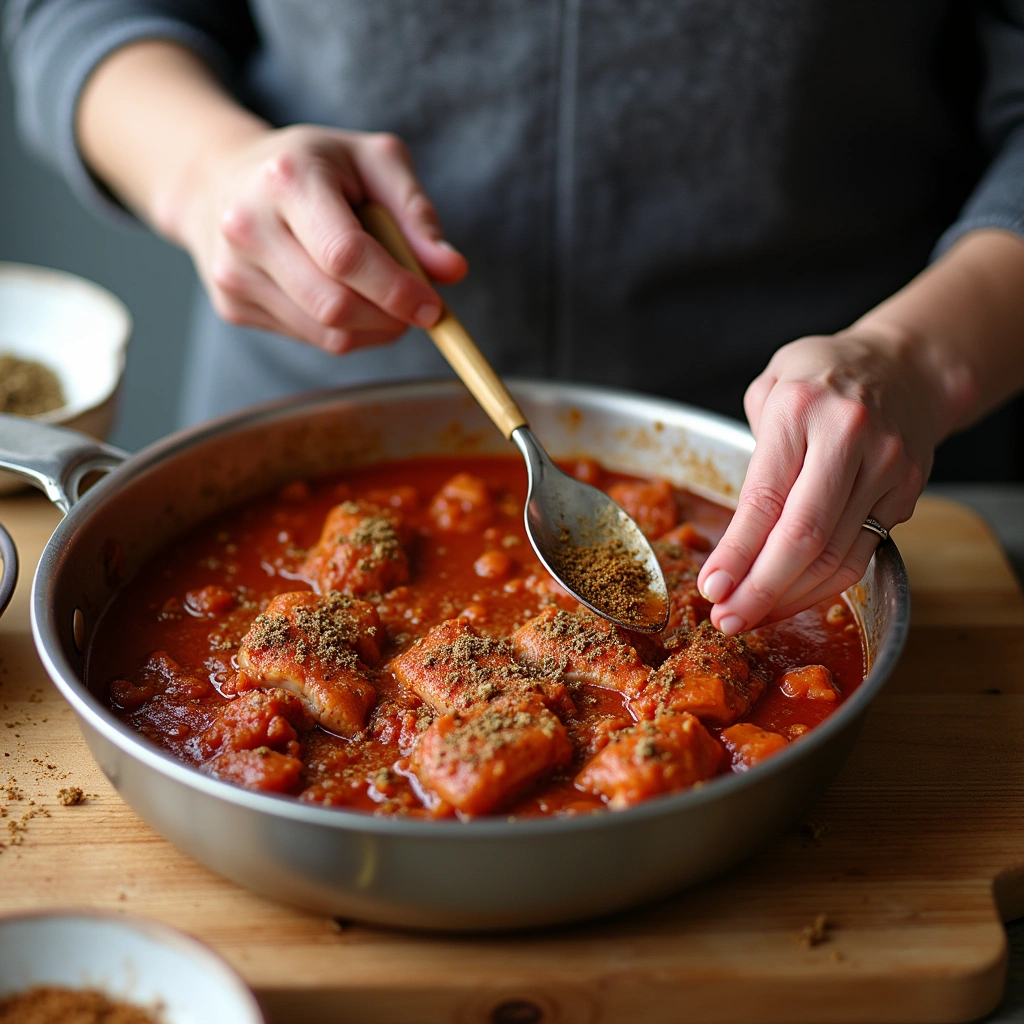
Taste the mixture and adjust the seasoning with cumin and paprika.
Feel free to add salt and pepper to your preference.
Mix well after adding seasonings to incorporate them fully.
This step ensures that the final dish has a balanced flavor.
Step 7: Serve Hot
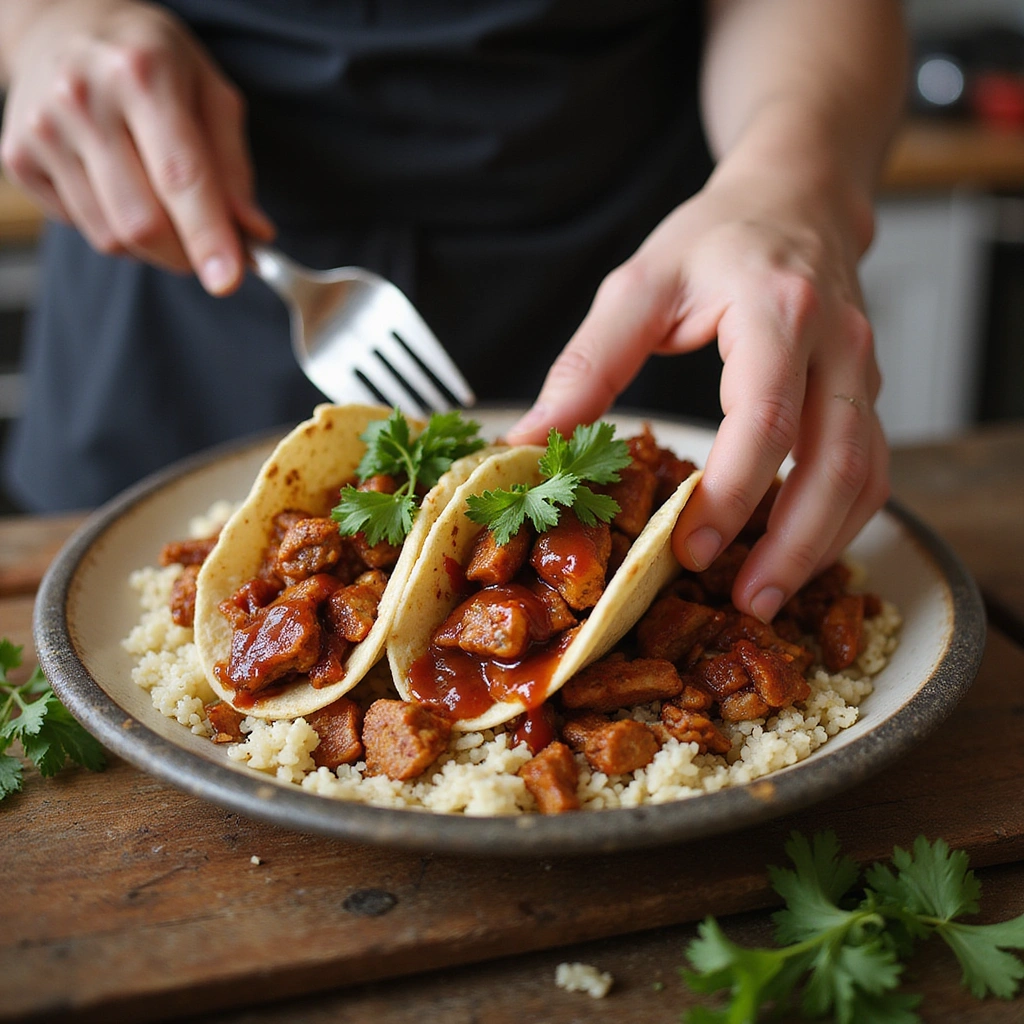
Once everything is heated and seasoned, remove from heat and serve immediately.
You can serve the mixture as a filling for tacos, on a bed of rice, or in a sandwich.
Garnish with fresh herbs or additional BBQ sauce for a nice touch.
Serving hot enhances the dish’s flavors and textures.
Step 8: Store Leftovers
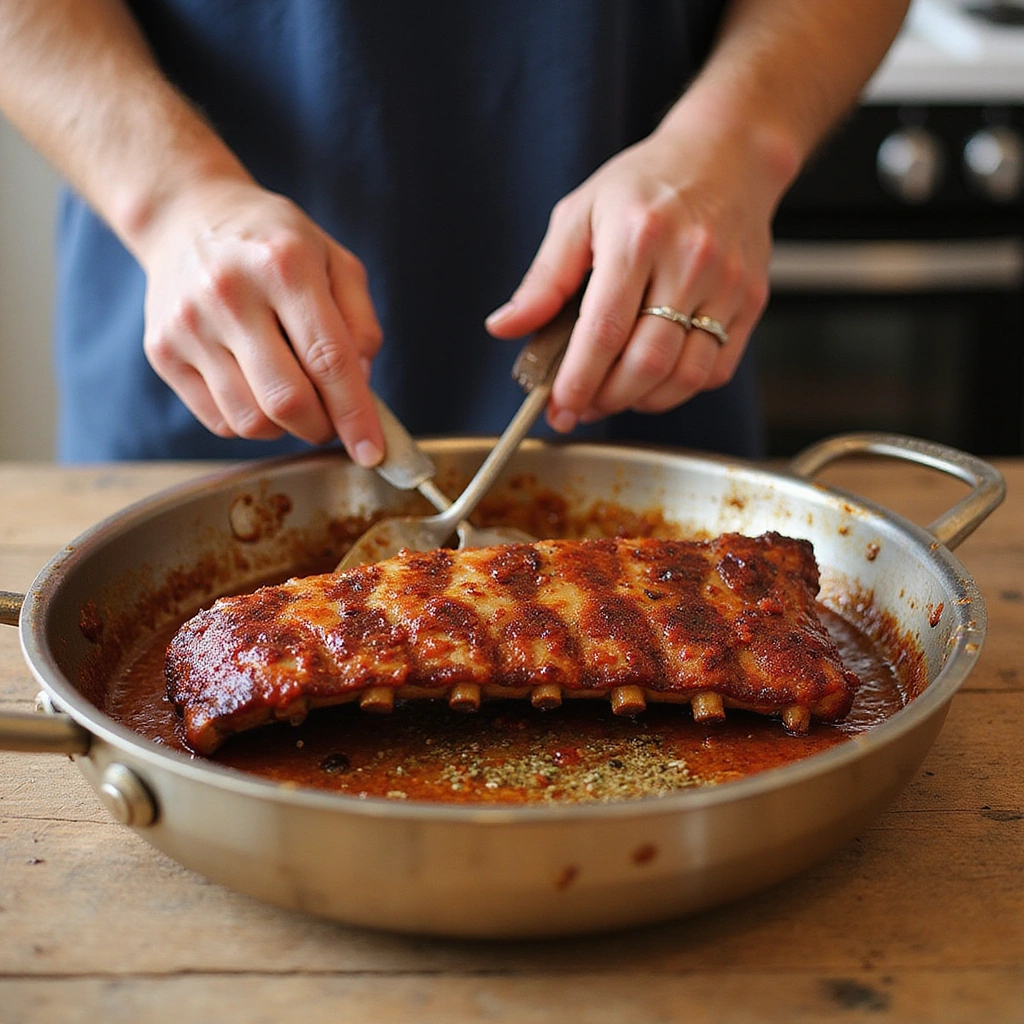
If you have any leftovers, allow them to cool before transferring to an airtight container.
Store in the refrigerator for up to 3 days.
For longer storage, consider freezing the mixture in portions.
Proper storage ensures you can enjoy the dish again without losing quality.
Critical Timing and Temperature Guide
Simmering the Ribs: Allow the mixture to simmer for at least 10 minutes. Look for a gentle bubbling and ensure the meat is heated through. Avoid boiling, as it can dry out the ribs.
Sautéing Vegetables: Sauté until the vegetables are soft but still retain some crunch. This usually takes about 5-7 minutes. Overcooking can lead to mushy vegetables, which detracts from the dish’s texture.
Serving Temperature: Serve the dish hot, ideally at a temperature of 160°F (71°C) or higher. This keeps the flavors vibrant and ensures food safety.
Pro Tips for Leftover BBQ Pork Ribs Recipes That Still Taste Amazing
• Ingredient Selection: Choose high-quality BBQ sauce that complements the ribs’ flavor, as it significantly impacts the final dish.
• Preparation Secret: Let the shredded ribs sit in the BBQ sauce for at least 30 minutes before cooking. This allows the flavors to meld.
• Temperature Management: Ensure the oil in the skillet is hot before adding vegetables to achieve a good sauté.
• Texture Enhancement: For extra crunch, add fresh herbs or toasted nuts just before serving.
• Flavor Layering: Consider adding a splash of citrus juice or zest at the end for brightness.
• Make-Ahead Strategies: You can prepare the vegetable mixture a day in advance and store it separately.
• Restaurant-Quality Finishing Touches: Drizzle with a balsamic reduction or sprinkle with fresh cilantro for a gourmet touch.
• Equipment Optimization: If using a slow cooker, set it on low for a few hours to develop deep flavors.
Troubleshooting Common Issues
• Meat Too Dry: This can happen if the ribs are reheated too quickly or at too high a temperature. To fix, add a bit of broth or sauce while reheating to restore moisture.
• Flavor Lacking: If the dish seems bland, add more BBQ sauce and a splash of vinegar for brightness. Taste as you go to ensure balance.
• Vegetables Overcooked: If vegetables are mushy, reduce the cooking time next time. Aim for crisp-tender for a better texture.
• Too Saucy: If the mixture is too watery, let it simmer uncovered for a few minutes to reduce the liquid.
• Uneven Heating: Ensure the mixture is stirred regularly while cooking to distribute heat evenly.
Variations and Regional Differences
• Tex-Mex Style: Add black beans and corn to the mixture, and serve in tortillas with avocado and salsa for a Tex-Mex twist.
• Asian-Inspired: Incorporate soy sauce, ginger, and sesame oil for a different flavor profile, serving with rice or stir-fried vegetables.
• Italian Version: Mix in marinara sauce and serve over pasta with Parmesan cheese for an Italian flair.
• Modern Interpretations: Consider using cauliflower or zucchini noodles instead of traditional pasta for a healthier, low-carb option.
Food Science Behind the Recipe
• Maillard Reaction: This is the chemical reaction that occurs when proteins and sugars in the meat are heated, creating complex flavors and a savory crust. Understanding this helps you achieve better browning and flavor.
• Emulsification: When combining BBQ sauce with vinegar, you create a more stable sauce that clings to the meat, enhancing flavor and presentation.
• Caramelization: Cooking the onions and bell peppers allows their natural sugars to caramelize, adding sweetness and depth to the dish.
Frequently Asked Questions
What’s the most common mistake people make when preparing leftover BBQ pork ribs? Not allowing the ribs to absorb the sauce flavors before cooking can result in a bland dish. Always let them marinate for a while.
Can I prepare components of this dish in advance? Yes, the vegetable mixture can be prepared a day ahead and stored in the refrigerator in an airtight container.
How do I adapt this recipe for dietary restrictions? For gluten-free options, use gluten-free BBQ sauce and avoid any soy sauces that contain gluten.
What’s the best way to store and reheat leftovers? Store in an airtight container in the refrigerator for up to three days. Reheat in a skillet on low heat with a splash of water or sauce to maintain moisture.
Can I freeze this dish? Yes, store in airtight containers for up to 3 months. Thaw overnight in the refrigerator before reheating.
What wine or beverages pair best with this dish? A fruity red wine like Zinfandel or a cold beer, such as a pale ale, complements the BBQ flavors well.
How can I scale this recipe up for a crowd? Simply multiply the ingredient quantities by the number of servings needed, adjusting cooking times if necessary to accommodate larger portions.
What side dishes complement this recipe best? Coleslaw, cornbread, or baked beans are traditional accompaniments that balance the rich flavors of BBQ ribs.
How do professional chefs elevate this dish for restaurant service? Chefs often create gourmet garnishes and sauces, like a homemade BBQ glaze or pickled vegetables, to enhance presentation and flavor.
Serving and Presentation Guide
• Traditional Presentation: Serve the dish in a rustic bowl with a side of pickles and cornbread. Garnish with fresh herbs like parsley or cilantro.
• Modern Plating Ideas: Use a white plate to contrast the colors of the dish, artfully drizzling sauce and adding microgreens for a contemporary touch.
• Accompaniment Suggestions: Offer sides like coleslaw or cornbread, which provide a refreshing crunch and balance the rich flavors of the ribs.
• Special Occasion Presentation: Plate the dish in individual servings on elegant dishware with a drizzle of balsamic reduction for a sophisticated look.
Conclusion
Leftover BBQ pork ribs are a fantastic way to create delicious meals without wasting food.
With a little creativity and the right techniques, you can savor these flavorful dishes even days after your BBQ.
I encourage you to try these recipes and discover just how versatile and satisfying BBQ ribs can be!

